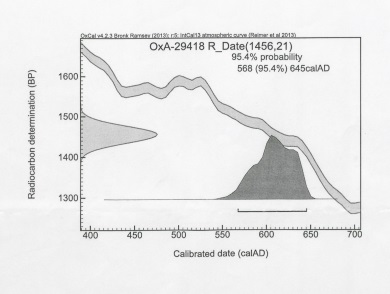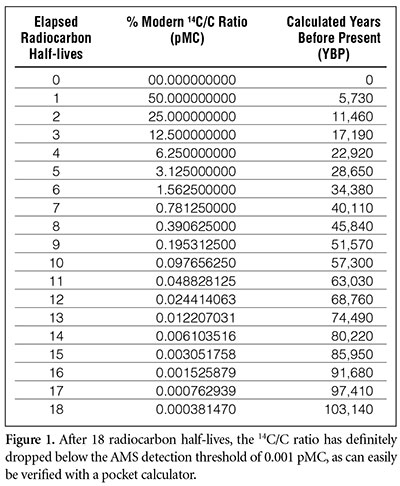

These were dated at about 4.5 billion years old using single zircon grains on the SHRIMP. The oldest accurately dated rocks on Earth are metamorphosed felsic volcanic rocks from north-west Western Australia. It can help fix the maximum age of sedimentary rocks when they contain enough accessory zircon grains (usually need about 100 grains).īecause of advancements in geochronology for over 50 years, accurate formation ages are now known for many rock sequences on Earth and even in space. The SHRIMP technology has now been exported to many countries such as the USA, France, Norway, Russia, Japan and China. It can even date nonradioactive minerals when they contain inclusions of zircons and monazite, as in sapphire grains.

This technique not only dates older mineral cores (what we call inherited cores), but also later magmatic and/or metamorphic overgrowths so that it unravels the entire geological history of a single mineral grain. Using the SHRIMP, selected areas of growth on single grains of zircon, baddeleyite, sphene, rutile and monazite can be accurately dated (to less than 100 000 years in some cases). It has revolutionised age dating using the U-Pb isotopic system. The SHRIMP (Sensitive High Resolution Ion MicroProbe) technique was developed at the Research School of Earth Sciences, Australian National University, Canberra in the early 1980s. The isotopes are then measured within the same machine by an attached mass spectrometer (an example of this is SIMS analysis). Others place mineral grains under a special microscope, firing a laser beam at the grains which ionises the mineral and releases the isotopes. Some techniques place the sample in a nuclear reactor first to excite the isotopes present, then measure these isotopes using a mass spectrometer (such as in the argon-argon scheme). For an element to be useful for geochronology (measuring geological time), the isotope must be reasonably abundant and produce daughter isotopes at a good rate.Įither a whole rock or a single mineral grain can be dated. All rely on the fact that certain elements (particularly uranium and potassium) contain a number of different isotopes whose half-life is exactly known and therefore the relative concentrations of these isotopes within a rock or mineral can measure the age. Many different radioactive isotopes and techniques are used for dating. The relationship between the two is: T = 0.693 / λ The half-life is the time it takes for half of the parent atoms to decay. Another way of expressing this is the half-life period (given the symbol T). For geological purposes, this is taken as one year. The rate of decay (given the symbol λ) is the fraction of the 'parent' atoms that decay in unit time. This radioactivity can be used for dating, since a radioactive 'parent' element decays into a stable 'daughter' element at a constant rate. This decay process leads to a more balanced nucleus and when the number of protons and neutrons balance, the atom becomes stable. These are released as radioactive particles (there are many types).

Radioactive decay is a natural process and comes from the atomic nucleus becoming unstable and releasing bits and pieces. The unstable or more commonly known radioactive isotopes break down by radioactive decay into other isotopes. those that form during chemical reactions without breaking down). Some do not change with time and form stable isotopes (i.e. Over 300 naturally-occurring isotopes are known. This method is useful for igneous and metamorphic rocks, which cannot be dated by the stratigraphic correlation method used for sedimentary rocks. Radioactive dating is a method of dating rocks and minerals using radioactive isotopes.


 0 kommentar(er)
0 kommentar(er)
